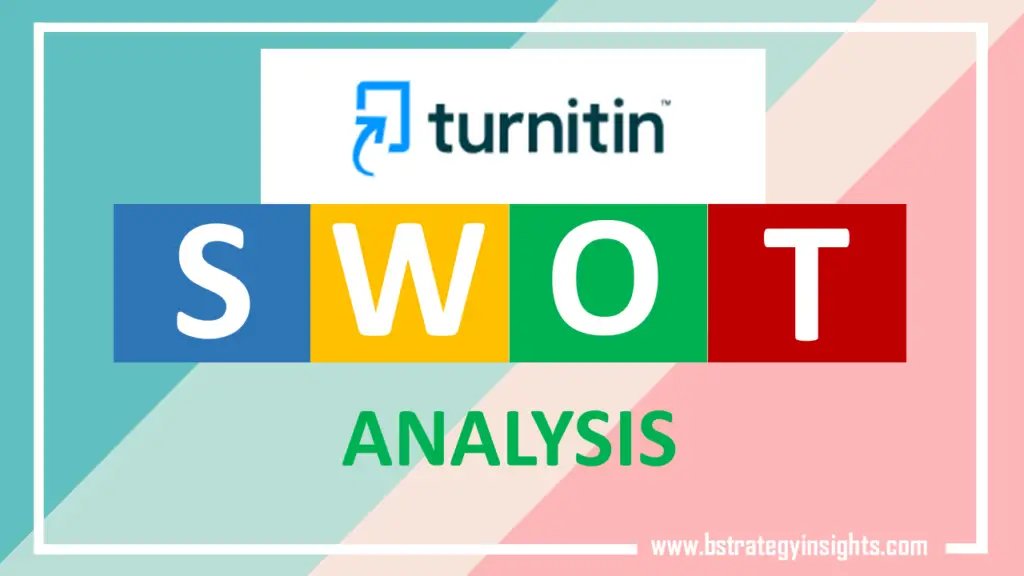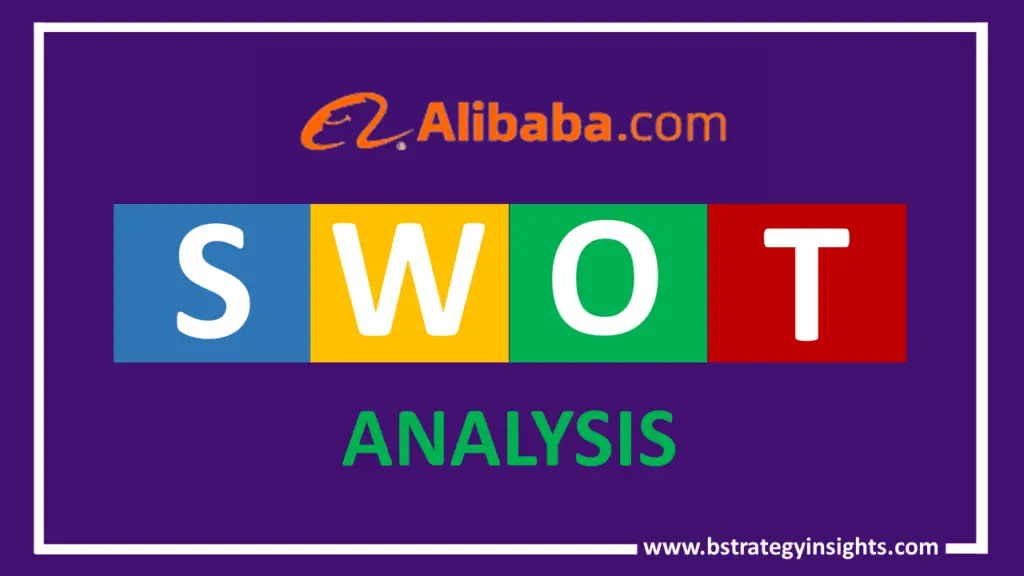
Turnitin is an online tool and software that offers users plagiarism checking. Its primary customers include institutions, such as universities and high schools. The software is among the leading names in the industry, with over 30 million students from 15,000 institutions. On top of it, it has captured a substantial market share in the current market.
Turnitin started its operations in 1998. Currently, it operates a software as a service (SaaS) business model. Similarly, it has adopted a variation of the licensing business model, allowing its users to use its software for a license fee. It also runs an informational website and offers a similar plagiarism-detection tool for newspaper editors and book and magazine publishers.
Turnitin operates its business under its parent company, known as Advance Publications. The parent company owns various media outlets, local newspapers, and some other big names. Although Turnitin is a private company, some experts have estimated its revenues based on its users. Currently, they believe the company generates over $127 million in revenues each year.
Turnitin offers several features as a part of its software. The most primary of these is a plagiarism-checker tool for students. Students can check their work for plagiarism through the software. Similarly, they can submit their work, which then reaches their teachers. The teachers can then check the work and decide if it contains plagiarized content.
Apart from these, Turnitin has a student-paper database, which accumulates all students’ work. Every time the software checks for plagiarism, it compares the submitted work against this database. Similarly, it has classroom integration features. Through it, the software provides most of its services with easy integration into virtual learning environments.
In this article, we cover the SWOT analysis of Turnitin consisting of all the 4 key elements of the SWOT analysis tool. Before jumping into detail, let go through a short summary table of Turnitin’s key highlights.
Turnitin – At a Glance
Turnitin’s company profile is as below.
| Name | Turnitin, LLC |
| Website | www.turnitin.com |
| Founder | John Barrie, Christian Storm |
| Year founded | 1998 |
| Chief Executive Officer (CEO) | Chris Caren |
| Headquarters | Oakland, California, United States |
| Type of corporation | Private |
| Revenues (2020) | Estimated over $127 million |
| Key products/ services | Plagiarism checker, online grading and corrective feedback, student peer-review service |
| Key competitors | Grammarly, PlagScan, ProWritingAid, NoPlag, Quetext, Copyscape, Copyleaks, Plagiarism CheckerX, Scribbr, Unicheck |
Turnitin’s Strengths
Strengths are internal factors that give a company a competitive edge over its competition. These factors generate from several sources, such as what the company is good at, its resources, exclusive assets, etc. Some of Turnitin’s strengths are as below.
Business model
One of Turnitin’s strengths is its business model. The company operates a unique business model that combines the software as a service, licensing, and e-commerce business models. Through these models, the company generates substantial revenues. Its business model was one of the reasons why the company captured a high portion of the market share.
Resources
Turnitin has been in the market for over two decades. Over the years, the company has successfully run its operations without any major issues. On top of that, its parent company is Advance Publications, which provides a significant edge to the company. Turnitin got acquired in 2019 for $1.75 billion by Advance Publications, showing the parent company has significant trust in its business.
Brand name
Turnitin is, undoubtedly, one of the biggest names in the online plagiarism-checker tools industry. Having over 15,000 customers and 30 million users provides the brand with a significant boost. Many universities in the world trust the company with their operations. Its brand name also allows the company to make millions in revenues annually.
Turnitin’s Weaknesses
Weaknesses are internal factors that a company’s competitors get right. However, these factors make the company lose its competitive edge. As with strengths, these factors depend on areas where the company does not provide exclusive resources that competitors have. Some of Turnitin’s primary weaknesses are as below.
Controversies
Turnitin has been a part of many controversies of its lifecycle. The company has come under severe criticism over the years due to its operations. Being in the plagiarism-checking industry has also made it a victim of various litigations. Many students have also come forward criticizing the company’s tools in public due to the services it provides.
Flaws
Turnitin’s plagiarism-checker tool has gone through many updates over the years. However, it still has some flaws and bugs. Similarly, when the company introduces new features, it may contain some bugs. All of these provide competitors with an edge to capture more customers. Some past vulnerabilities in Turnitin’s software include ad-hoc text encodings, rearranged glyphs in a computer font, and text replaced with Bézier curves representing its shape.
Pricing
Many customers have also complained about Turnitin’s pricing. These customers have mentioned that the company charges more than most of its competitors for similar services. On top of that, there are several free options available that offer similar features. Turnitin has lost many customers over the years due to its above-average pricing.
Turnitin’s Opportunities
Opportunities are external factors that companies can exploit in the future. These factors have the potential to become a strength in the future. However, they currently don’t attribute to a company’s competitive advantage. Some of Turnitin’s opportunities are as follows.
Virtual education
Due to the current pandemic, many educational institutions have switched to a virtual environment for providing education. This process has given rise to a need for tools similar to Turnitin. Turnitin already enhances virtual education environments through seamless integration. The rising demand provides a unique opportunity for Turnitin to increase its customers and revenues.
Free services
Turnitin does not currently provide its services for free. However, there are many competitors that do so. There is significant potential for Turnitin to expand its services and adopt a freemium business model. This way, the company can showcase its tools while also gaining more users. On top of that, the company can also generate money through advertisement income.
Turnitin’s Threats
Threats are the opposite of opportunities. These are external factors that may result in future weaknesses or issues for a company. Threats have the potential to alleviate a company’s revenues or completely halt operations. Some of Turnitin’s primary threats include the following.
Competition
Turnitin faces a significant threat from the competition that exists in the industry. Its business model is also easy to replicate, making it a primary target for most competitors. There are several tools that have become prevalent and captured the market in the same period as Turnitin. On top of that, the increased competition has given rise to many alternatives or substitutes. The industry also will see further competition in the future.
Hacking
Turnitin holds a substantial database of students, universities, and submitted papers. Being in an online business makes it susceptible to hacking or unauthorized access. This threat exists for all companies that have an online business model. Turnitin is one of the biggest names in the industry. Therefore, the company faces more threats from these sources than others.
Conclusion
Turnitin is a company that provides users with a plagiarism-checker tool. The company primarily uses a software as a service (SaaS) business model. Over the years, Turnitin has accumulated millions of users and over 15,000 customers. A detailed analysis of Turnitin’s strengths, weaknesses, opportunities, and threats is provided above through SWOT analysis.



